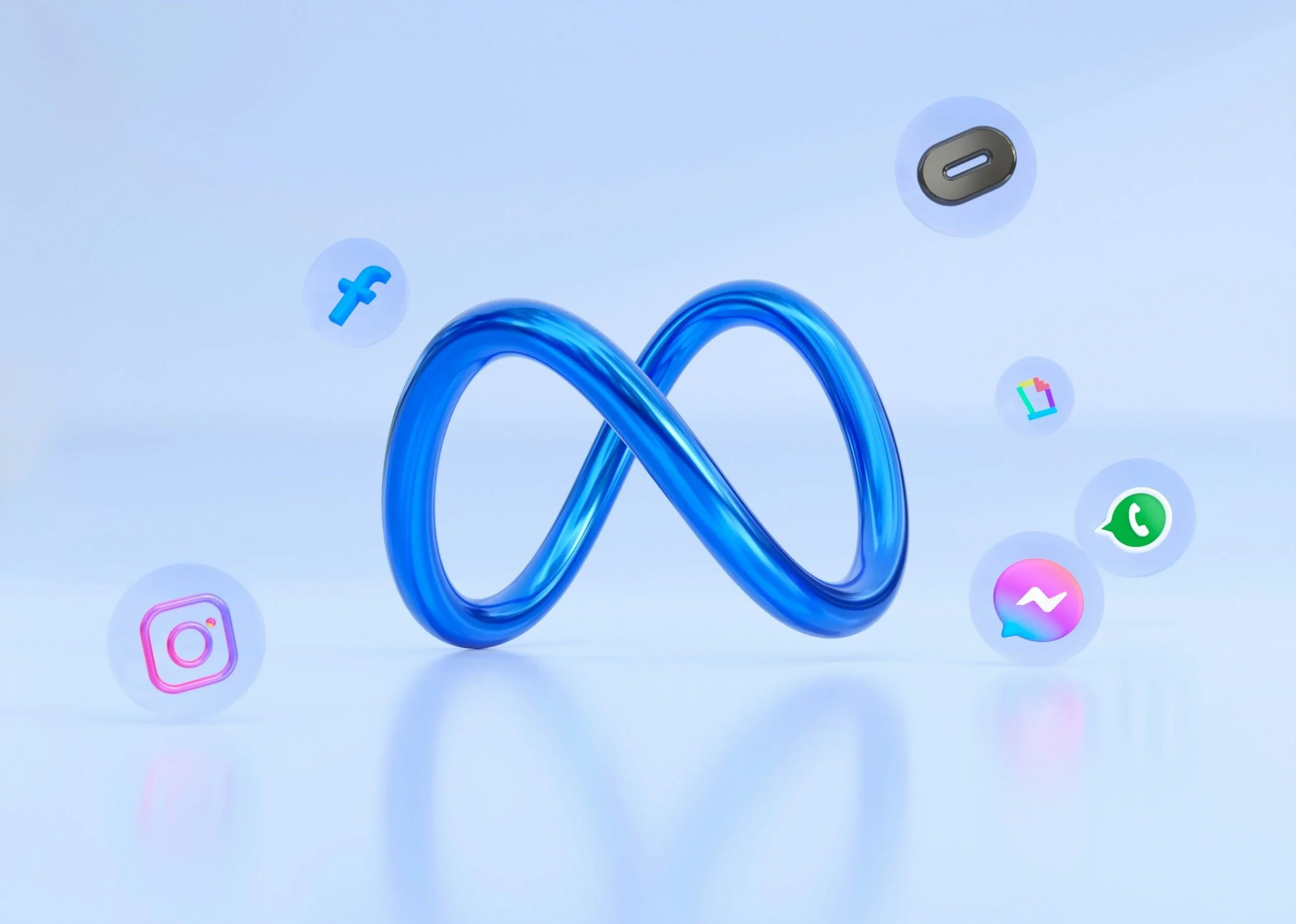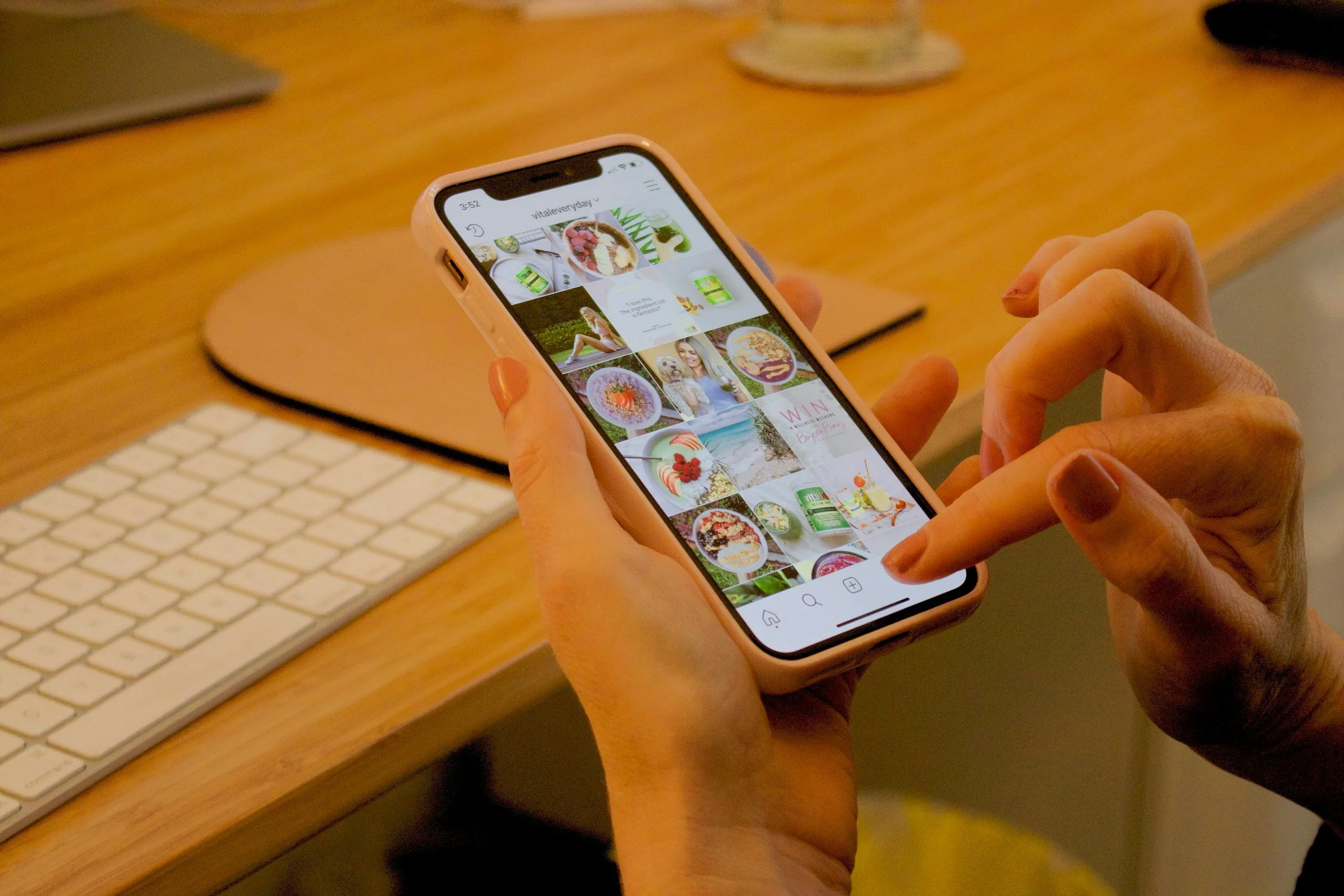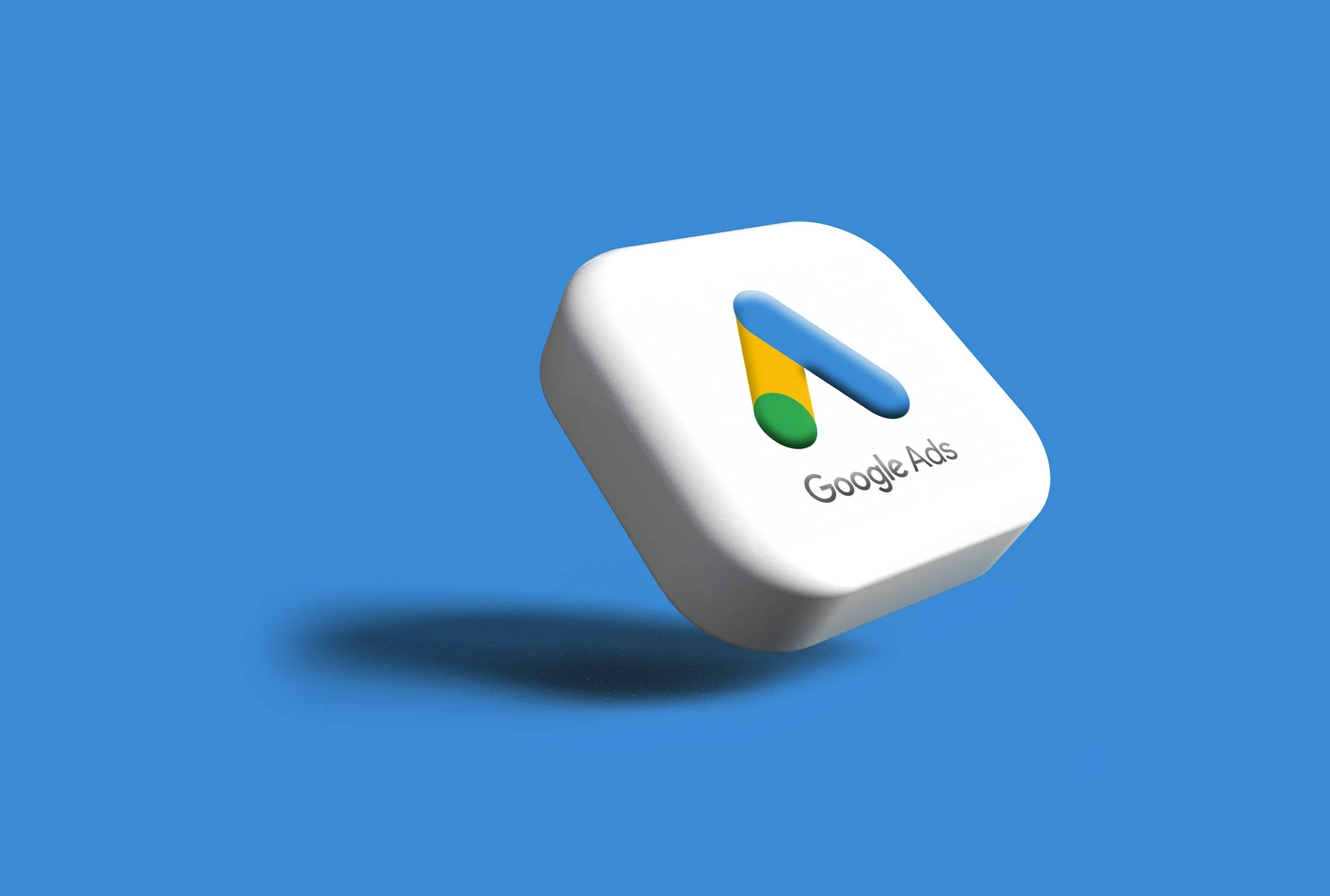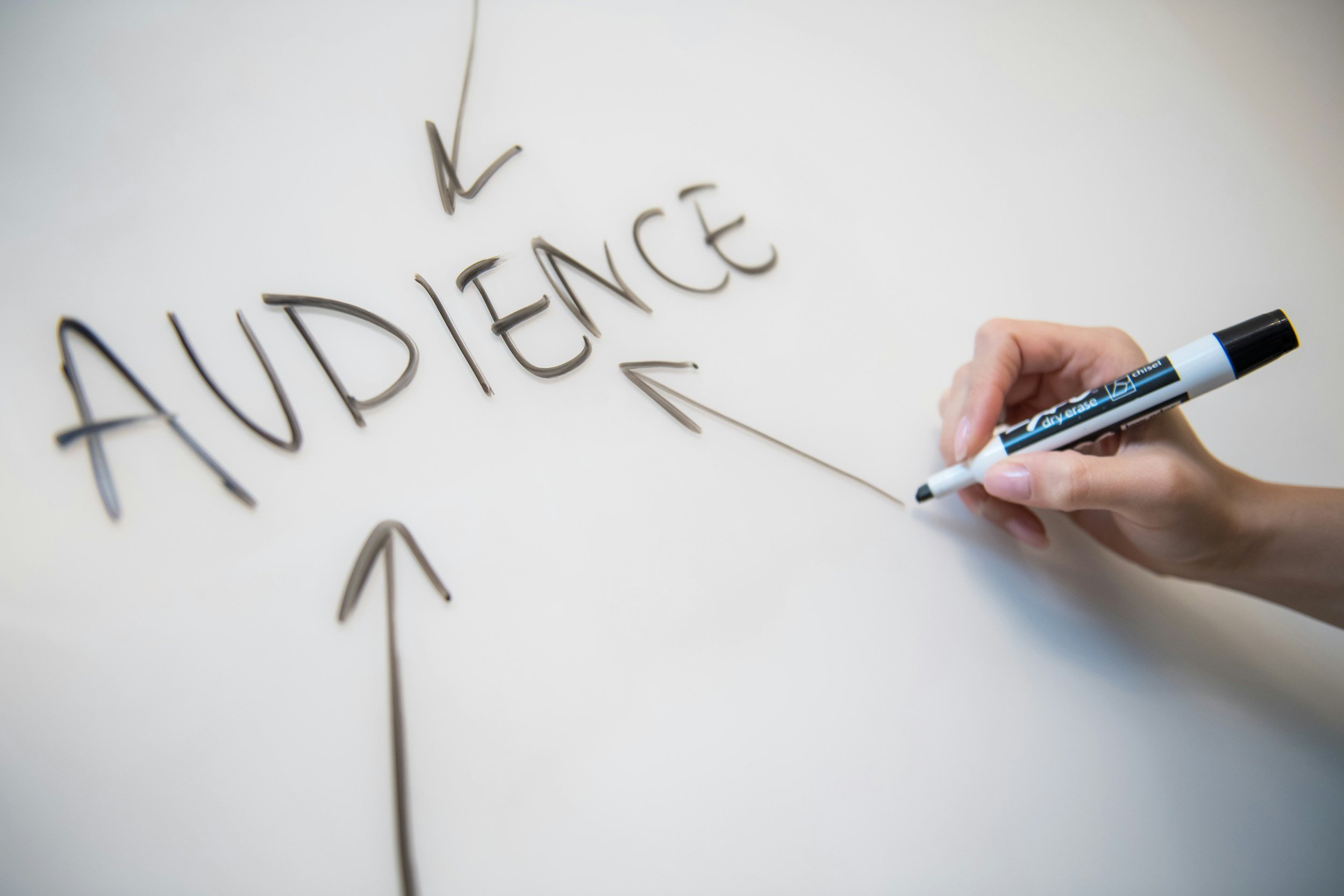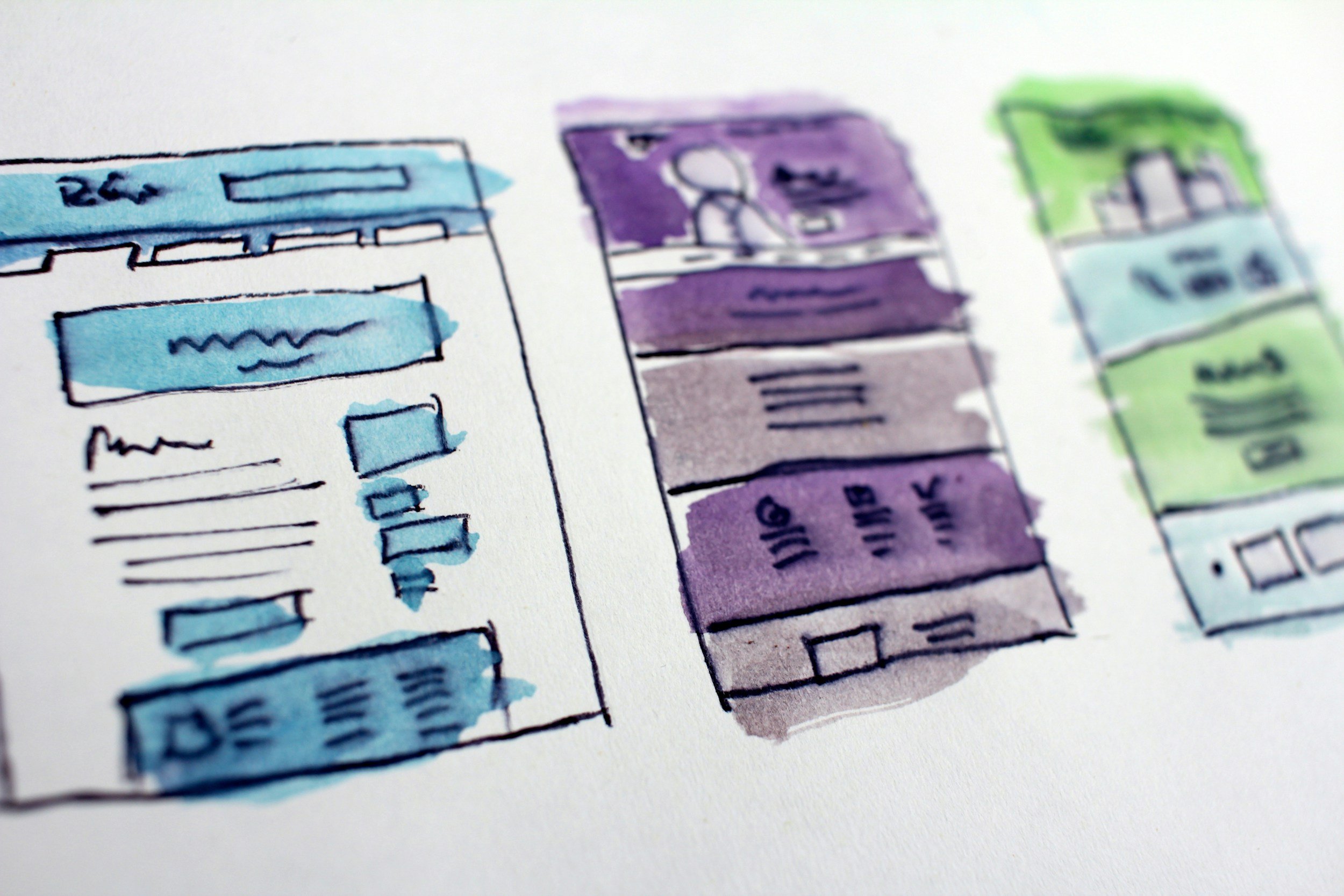How to Advertise on Meta (Facebook & Instagram)
How to Advertise on Meta (Facebook & Instagram)
Key Takeaways
Scale Meets Precision: Meta remains the most powerful platform for reaching audiences with both breadth and targeting.
Creative is King: Success depends on mobile-first, engaging creative tailored to platform formats.
Expertise Maximises ROI: With One Day Agency, Meta campaigns become integrated, data-driven, and creatively impactful.
Meta — the parent company of Facebook and Instagram — remains one of the most important ecosystems for digital advertising. With more than 3 billion users worldwide, Meta’s platforms offer advertisers the ability to reach, engage, and convert audiences at scale. Despite growing competition from TikTok, YouTube Shorts, and emerging channels, Facebook and Instagram still deliver powerful results across awareness, engagement, and performance marketing.
Through Meta Ads Manager, advertisers can plan, buy, and optimise campaigns across both platforms, with advanced targeting options, creative flexibility, and robust measurement. This guide explores how to advertise on Meta, from campaign setup to creative strategy, targeting, and optimisation.
1. Why Meta Advertising Matters
Meta combines massive global reach with granular targeting and versatile creative formats. It remains one of the most flexible platforms for advertisers of all sizes.
Key strengths include:
Scale: Billions of daily active users across Facebook and Instagram.
Cross-Platform Delivery: Ads run seamlessly across feeds, stories, reels, Messenger, and Audience Network.
Targeting Precision: Audience segmentation by demographics, interests, behaviours, and custom data.
Creative Versatility: From static images and carousels to Reels and interactive ads.
Measurable ROI: Sophisticated conversion tracking and attribution.
For many brands, Meta remains the single most important paid media channel.
2. Campaign Objectives
Meta Ads Manager structures campaigns around objectives aligned to the marketing funnel:
Awareness: Reach, brand awareness.
Consideration: Traffic, engagement, video views, lead generation, app installs.
Conversion: Purchases, online sales, catalogue conversions.
Choosing the right objective is critical, as it guides Meta’s optimisation algorithm.
3. Ad Formats
Meta offers a wide range of creative formats tailored to different placements:
Image Ads: Single static images, simple and effective.
Video Ads: For feeds, stories, and Reels — high engagement, especially with short-form vertical video.
Carousel Ads: Multiple images/videos in a swipeable unit, great for e-commerce.
Collection Ads: Combine video/hero imagery with product catalogues, enabling instant shopping.
Stories Ads: Full-screen vertical ads appearing between organic Stories.
Reels Ads: Short-form vertical video ads integrated into Reels feeds.
Lead Ads: Collect customer data directly within the platform, without sending users to an external form.
Messenger Ads: Click-to-Messenger ads initiate direct conversations with customers.
These formats make Meta versatile for both branding and direct-response campaigns.
4. Audience Targeting
Meta Ads Manager is known for its robust targeting, though privacy changes (e.g. iOS 14 restrictions) have impacted granularity. Still, brands can target effectively through:
Core Audiences: Demographics, locations, interests, and behaviours.
Custom Audiences: Upload CRM lists, retarget website visitors, app users, or engaged fans.
Lookalike Audiences: Expand reach by targeting new users who resemble existing customers.
Automated Targeting: Meta’s AI-driven optimisation often outperforms manual setups at scale.
Geotargeting is particularly effective for local businesses, while global brands can scale campaigns across markets.
5. Budgeting and Bidding
Meta campaigns operate on an auction system, with flexible budgets and bidding strategies.
Daily or Lifetime Budgets: Set limits by campaign or ad set.
Bid Strategies: Choose cost cap, bid cap, or lowest cost depending on efficiency goals.
Optimisation: Campaign Budget Optimisation (CBO) automatically reallocates budget to the best-performing ad sets.
Costs vary by audience, vertical, and competition. Typical CPMs (cost per 1,000 impressions) in the UK range between £4–£12, though performance-driven campaigns are best assessed on CPA (cost per acquisition) or ROAS (return on ad spend).
6. Creative Best Practices
Success on Meta relies heavily on creative quality. With crowded feeds and short attention spans, ads must cut through instantly.
Best practices include:
Design for Mobile: Prioritise vertical (9:16) and square (1:1) formats.
Front-Load the Message: Capture attention in the first 3 seconds.
Native Storytelling: Ads should feel like organic posts, not overly polished.
Use Motion: Video, GIFs, and animations consistently outperform static.
Test Variations: Multiple creatives per ad set allow Meta to optimise delivery.
Strong CTAs: Clear calls-to-action for purchases, sign-ups, or downloads.
For Reels and Stories, ads that adopt platform-native aesthetics (music, captions, UGC-style edits) perform best.
7. Measurement and Attribution
Meta offers detailed reporting through Ads Manager, with key metrics including:
Reach and Impressions: How many people saw the ads.
CTR (Click-through Rate): Engagement with ads.
Conversions: Purchases, leads, app downloads.
CPA/ROAS: Cost per acquisition and return on ad spend.
The Meta Pixel and Conversions API (CAPI) are critical for tracking performance accurately. These connect ad impressions to on-site sales or lead actions.
Attribution can be challenging due to privacy changes, but integrating Google Analytics and server-side tracking provides a fuller picture.
8. Common Pitfalls
Advertisers often waste spend on Meta by:
Targeting too broadly or too narrowly.
Relying on single ad variations instead of testing multiple creatives.
Failing to integrate tracking properly.
Optimising only for clicks instead of conversions.
Ignoring frequency caps, leading to ad fatigue.
Meta’s automation is powerful, but it works best when guided by strategic setup and strong creative.
9. Opportunities and Trends
Reels Advertising: Short-form video continues to grow in importance.
AI and Creative Automation: Meta’s Advantage+ campaigns increasingly optimise creative delivery.
E-commerce Growth: Catalogue and Collection Ads are vital for online retail.
Cross-Platform Integration: Campaigns can run seamlessly across Facebook, Instagram, Messenger, and Audience Network.
Meta remains a cornerstone of digital marketing, but success depends on combining platform capabilities with creativity and data.
How One Day Agency Can Help
At One Day Agency, we specialise in creating Meta campaigns that deliver both performance and brand impact. Our senior team brings together creative direction, paid social expertise, and advanced data strategy.
We help brands:
Plan and structure campaigns across Facebook, Instagram, Messenger, and Audience Network.
Build high-performing creative, from thumb-stopping Reels to catalogue-ready collections.
Leverage advanced targeting, including custom and lookalike audiences.
Optimise for ROI, balancing awareness with measurable conversions.
Integrate Meta into cross-channel strategies, ensuring campaigns connect with Google, TV, OOH, and more.
Implement robust tracking, with Pixel, CAPI, and attribution models to measure true effectiveness.
Whether you’re scaling DTC e-commerce or building awareness for a global brand, One Day ensures your Meta investment drives real growth. Find out more about advertising on Facebook with One Day her.e



